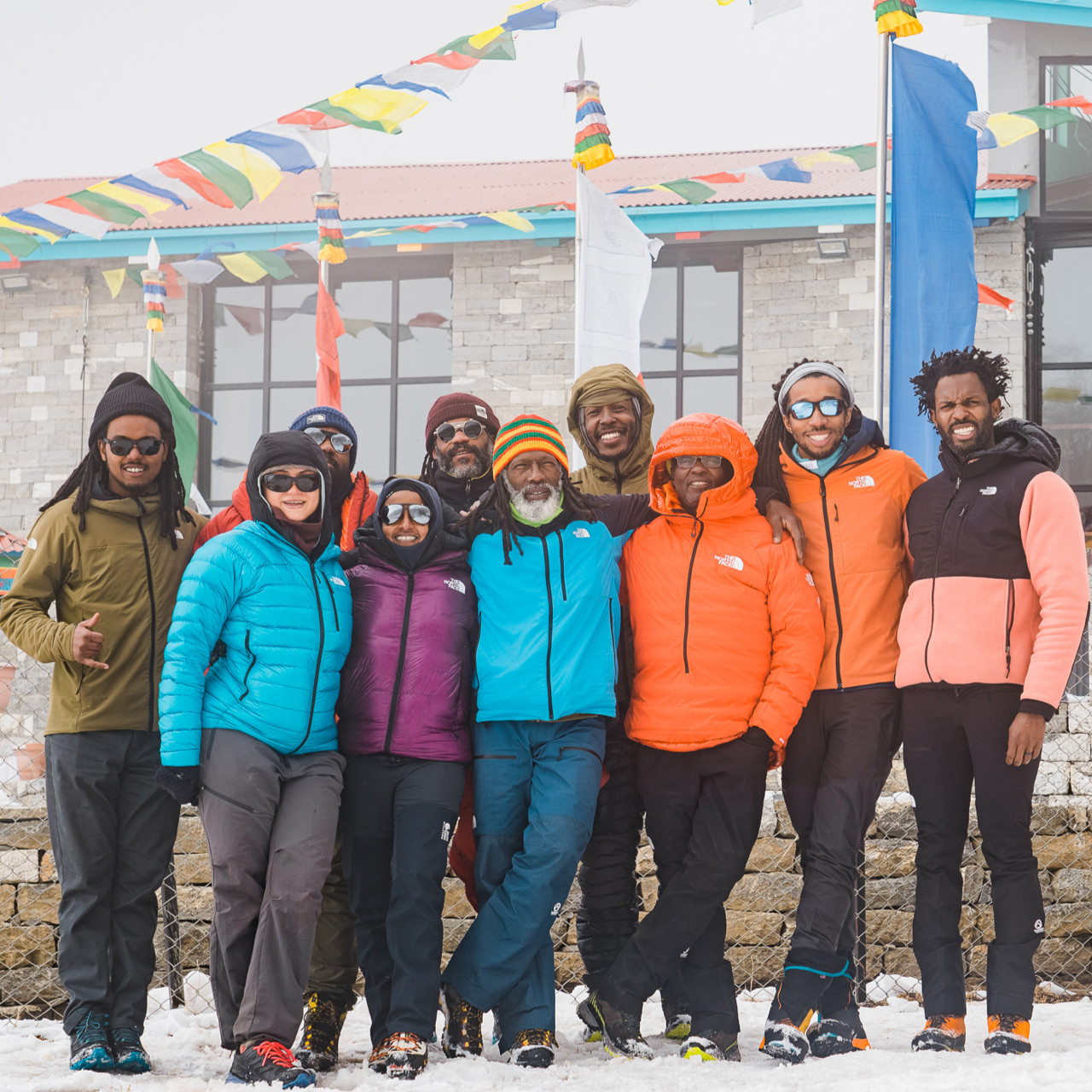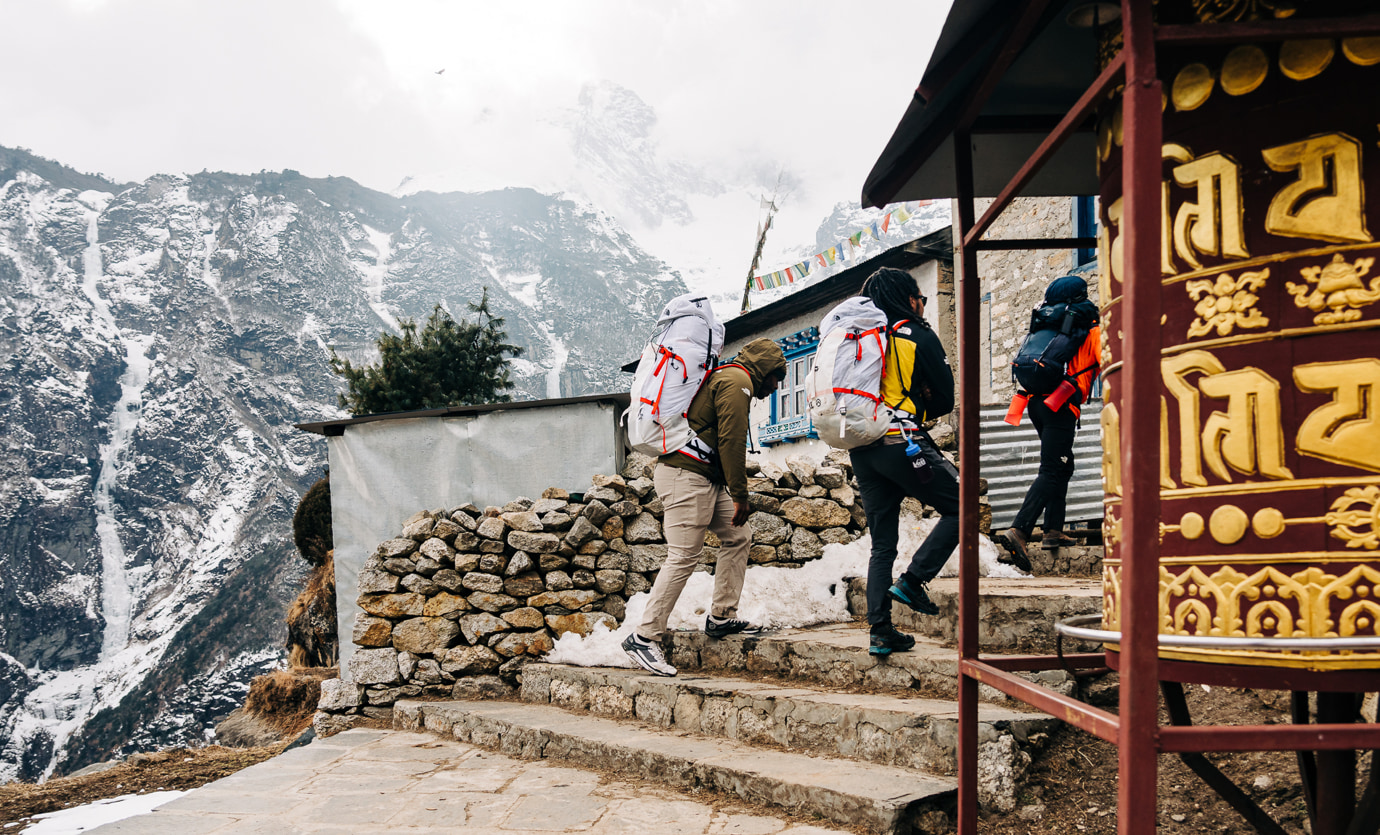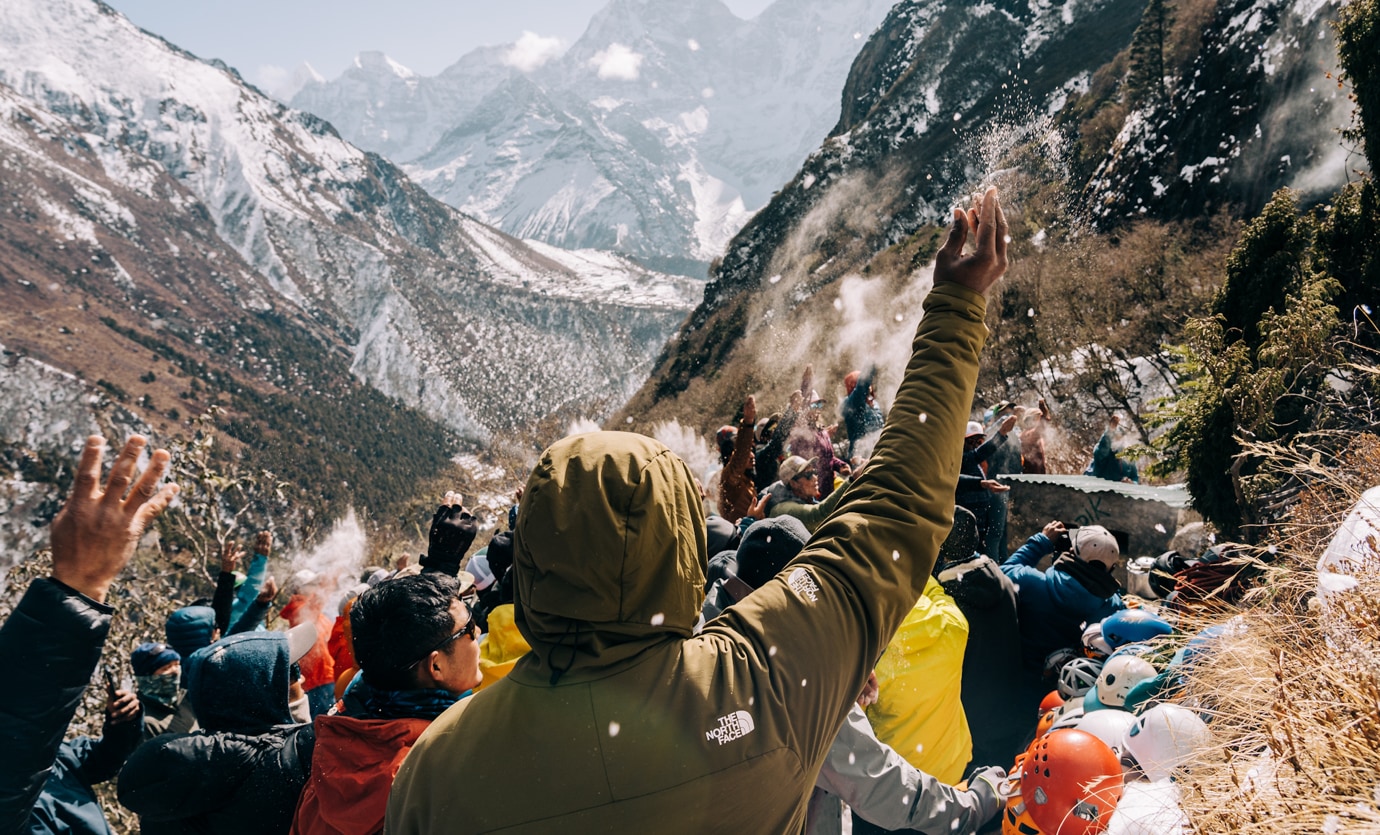
Full Circle Everest Expedition
2022-03-29
Story: James Edward Mills
Photos: Evan Green
MARCH 29, 2022
In just a few weeks a small group of aspiring athletes will make history as the first team of Black climbers to attempt a summit of Mount Everest, the highest peak on Earth. Known formally as the Full Circle Everest Expedition, its members are comprised of eight men and two women with varying levels of skill and experience as mountaineers. With professional careers that range from small business owners to educators and outdoor skills instructors, they each possess the requisite leisure time, disposable income, and passionate desire to do something truly remarkable that most people today can only dream.
In essence, this team represents the vast majority of modern adventurers, people who aim the push the boundaries of the human experience through wilderness travel and exploration. In that regard they are no exception. But what makes the Full Circle Everest Expedition special is its intention to set an example for people on the margins of our society who might one day follow a similar path along a dream of their own making.

Team members pass through Namche Bazaar, the unofficial capital of the Khumbu region.
“I believe that this group will actually be the catalyst to changing the literal face of the outdoors,” said team member Thomas Moore. “I think it will be what brings more and more black and brown folks into the outdoors. Just being able to see it, that’s a big deal.”
In the many decades since Sir Edmund Hillary first reached the top of Everest in 1953, fewer than 12 men and women of African descent have achieved this goal. Though we celebrate the climb of Jim Whitaker, the first American to summit Everest in 1963, only one Black person from the United States, Sophia Dannenberg on May 19, 2006, has done the same. Certainly, the color of a person’s skin has nothing to do with their ability to withstand the rigors of high-altitude mountaineering. But we must recognize the unassailable fact that racial discrimination from the earliest days of outdoor recreation has made an ascent of Everest by an all-Black team of climbers virtually impossible, until now.
When it was created on April 25, 1916, the National Park Service and many of the recreation areas under its jurisdiction were racially segregated. For more than 30 years, national parks such as Yosemite, Yellowstone, Grand Teton, and Great Smoky Mountains did not allow Black Americans to freely visit, only granting Black Americans permission to National Parks after the Second World War in 1945. The first Black park rangers weren’t actively recruited and hired until the early 1960s. Through much of the Jim Crow era and into the Civil Rights Movement, the risk of racially motivated violence for Black motorists while traveling between cities in the U.S. was a genuine threat. And when we consider the financial limitations of homeowner discrimination, limited access to startup business capital and restricted pathways to higher education, very few Black families or individuals had either the capacity or the inclination to even hope toward such an audacious goal as climbing Mount Everest.

Team members participate in a traditional Puja ceremony—asking for permission and safety before their climb.
“If you look at the socioeconomics and where we were in terms of the Civil Rights movement, we were not in a place where we could effectively spend time in the outdoors or in the wilderness,” said team member Eddie Taylor. “There wasn’t that heritage from folks like us doing that before. That wasn’t something that people even thought was feasible. But we’re changing that.”
It has literally taken 60 years of Himalayan exploration for the fortunes of Black Americans to finally turn in the direction of Mount Everest. Only now has the course of social progress come full circle onto a more even playing field that affords each member of this team the equitable opportunity to succeed or fail in this endeavor exclusively on the merits of their climbing skills. Supported by The North Face and VF Foundation, among others, this expedition is exceptional because these Black climbers dare to go where once there were none. And in doing so they will inspire a new generation to follow.
“This expedition just demonstrates the endless ways and environments and places in which Black folks can find joy in the world,” said team member Rosemary Saal, “particularly in the ways that we have been kept out of historically.”
Today in the 21st century there is nothing to stop Black Americans from accomplishing any goal we aspire to achieve. Gone are most of the legal prohibitions that once blocked the pathways to excellence. All that remains is the creation a community of role models to literally guide the way forward.
“Black role models help make the sport more inclusive,” said Fred Campbell, team member and athlete for The North Face. “Climbing and adventure are incredibly fun and if black role models help convince someone somewhere to give it a shot I think that’s a positive thing.”
On a recent Zoom call with the members of his team, expedition leader Philip Henderson shared his screen to show a picture of a Black child holding up a hand-drawn picture of a person carrying a backpack with a flag on snow-capped peak. “I want to try mountain climbing,” the caption read.
“If you want to know why I’m doing this,” Henderson said. “The reason is right here.”